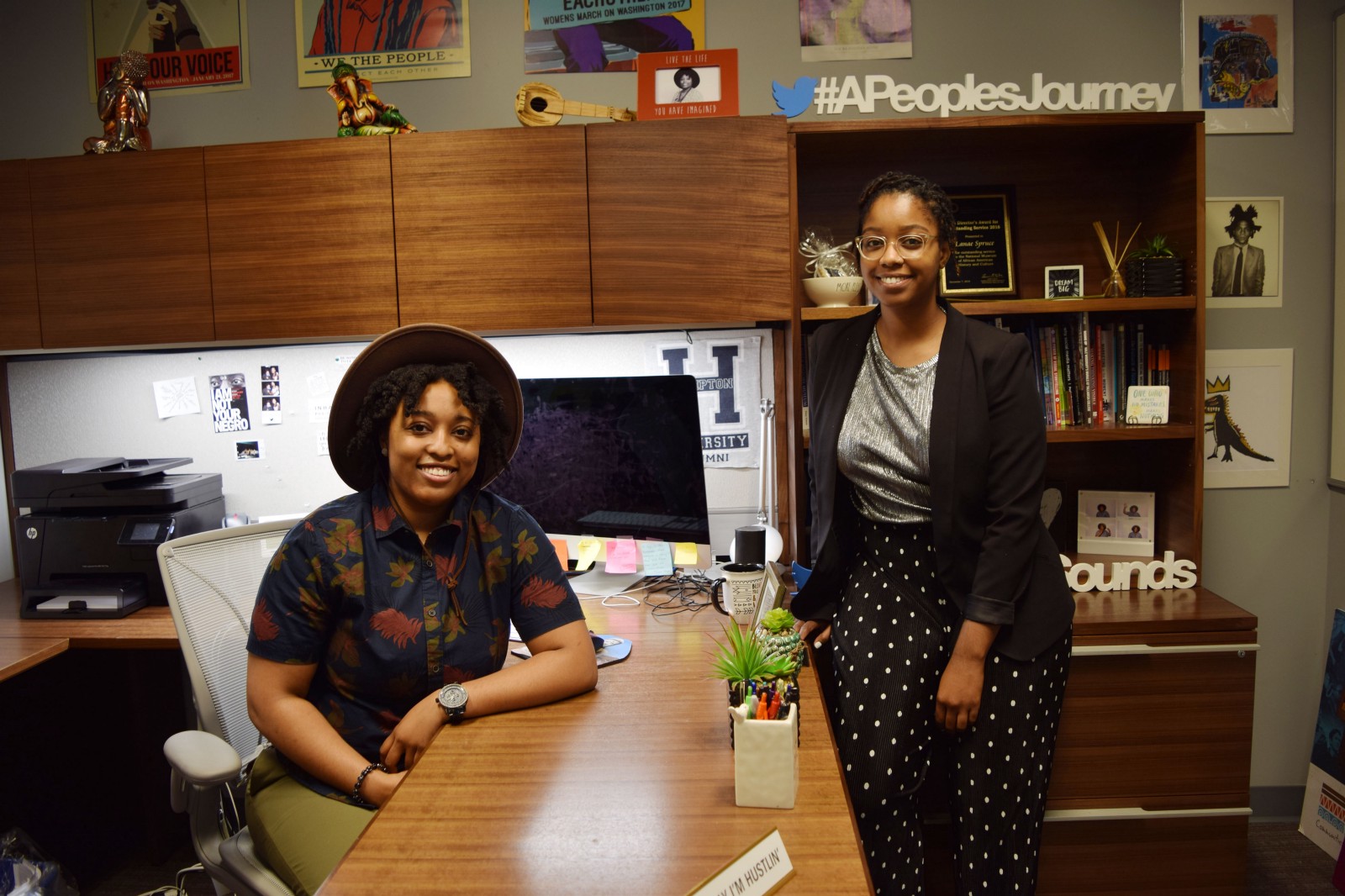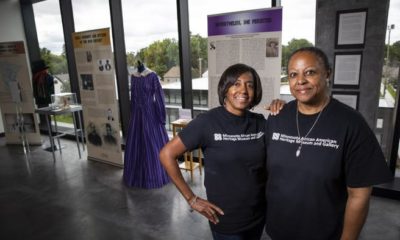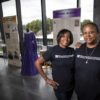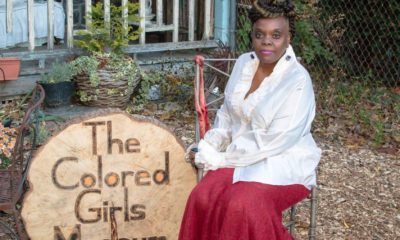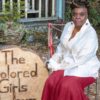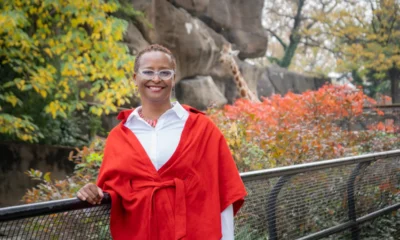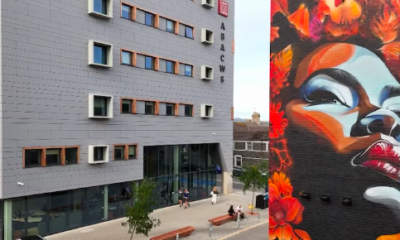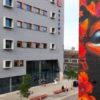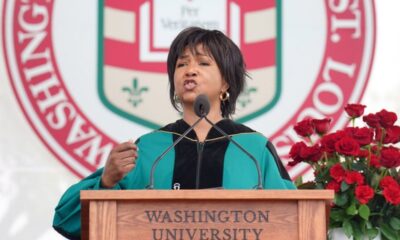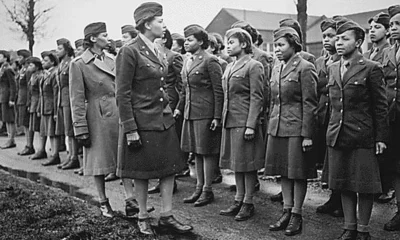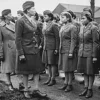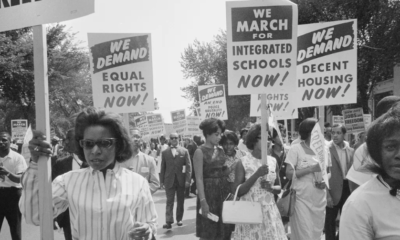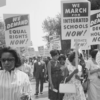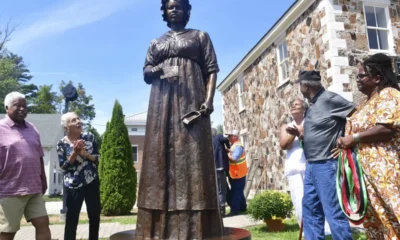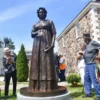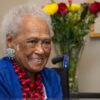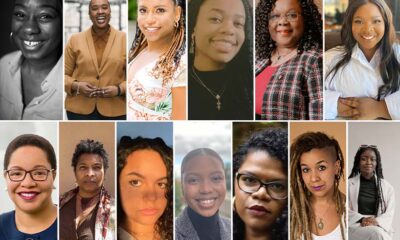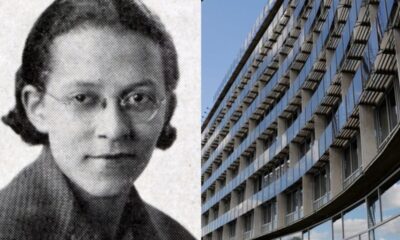Black Women in History
These two women are building an African American history museum online
Meet Lanae Spruce and Ravon Ruffin
If your social media feeds were an exhibit at a museum, what would you learn?
You might find out that former acquaintances are getting engaged, married or having babies, or that Beyoncé is Insta-posing in another fabulous outfit you’ll never be able to afford.
But if you expand who you follow, you could scroll through your Instagram feed and discover an African American jazz pianist and singer named Hazel Scott, a musical prodigy who got a scholarship to study at the Juilliard School at age eight.
https://www.instagram.com/p/BV49n9QgZg_/
Follow the right people on Twitter, and you could learn that in June 1964, black protesters jumped into a whites-only pool at Monson Motor Lodge in St. Augustine, Fla. In response, the hotel manager poured acid in the pool.
In 1964, protesters jumped into the whites-only pool at Monson Motor Lodge. In a rage, the manager pours acid in the pool. #APeoplesJourney pic.twitter.com/qq4LDJl1X4
— Smithsonian NMAAHC (@NMAAHC) July 24, 2017
More of a Tumblr fan? You could read that during World War I Adah Belle Samuels Thoms successfully campaigned to have black nurses admitted into the U.S. Army Nurse Corps at a time when they were not welcome.
These are historical events and figures that you probably didn’t learn about in school. They are nonetheless crucial parts of the American story.
These are the stories the Smithsonian’s National Museum of African American History and Culture is trying to bring to the forefront. And you don’t even have to visit the museum, located in the nation’s capital, to explore these historical moments.
All you have to do is follow NMAAHC on its social media accounts, run by Lanae Spruce, the manager of social media and digital engagement, and Ravon Ruffin, a digital engagement specialist. Along with two interns, Spruce and Ruffin run the museum’s Twitter, Instagram, Facebook and Tumblr accounts. Their posts about African American figures in history reach thousands of people across all platforms.
“In the museum digital field, a lot of museums don’t invest in social,” said Spruce, who was the museum’s first social hire in 2013, long before the physical space opened on the National Mall in September 2016. “This museum has shown that they are committed to expanding narratives beyond our physical location.”
“We’ve been able to provide a space that’s #fortheculture,” she added. “Online, there’s a space where people can go, see their stories told and …
Please read original article – These two women are building an African American history museum online



